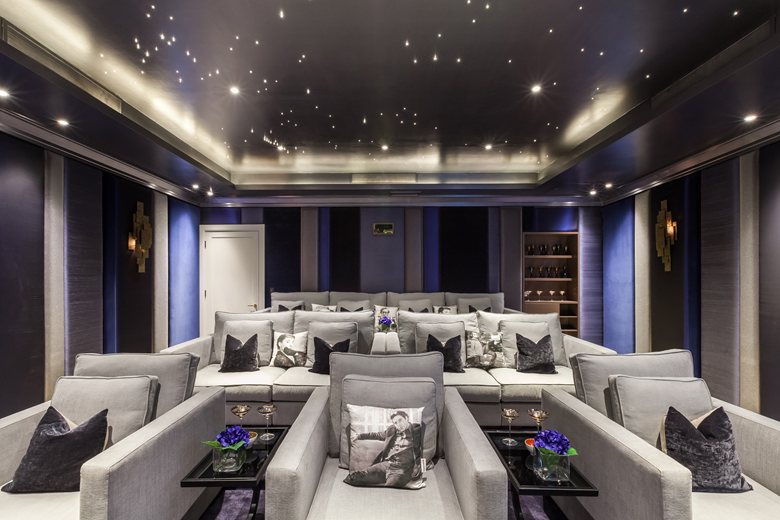
Philips home cinema control hv39 generator#
In parallel with the generator set, Philips developed experimental Stirling engines for a wide variety of applications and continued to work in the field until the late 1970s, though the only commercial success was the 'reversed Stirling engine' cryocooler. Approximately 150 of these sets were eventually produced. Production of an initial batch of 250 began in 1951, but it became clear that they could not be made at a competitive price, besides the advent of transistor radios with their much lower power requirements meant that the original rationale for the set was disappearing. The result, rated at 180/200 W electrical output from a bore and stroke of 55 mm × 27 mm, was designated MP1002CA (known as the "Bungalow set"). By the late 1940s, the 'Type 10' was ready to be handed over to Philips's subsidiary Johan de Witt in Dordrecht to be produced and incorporated into a generator set as originally planned. Įncouraged by their first experimental engine, which produced 16 W of shaft power from a bore and stroke of 30 mm × 25 mm, various development models were produced in a program which continued throughout World War II.

They were also aware that, unlike steam and internal combustion engines, virtually no serious development work had been carried out on the Stirling engine for many years and asserted that modern materials and know-how should enable great improvements. Engineers at the company's research lab carried out a systematic comparison of various power sources and determined that the almost forgotten Stirling engine would be most suitable, citing its quiet operation (both audibly and in terms of radio interference) and ability to run on a variety of heat sources (common lamp oil – "cheap and available everywhere" – was favored).
Philips home cinema control hv39 portable#
Philips was instrumental in the revival of the Stirling engine when, in the early 1930s, the management decided that offering a low-power portable generator would assist in expanding sales of its radios into parts of the world where mains electricity was unavailable and the supply of batteries uncertain. Some PCJ programs, such as Happy Station, continued on the new station. Philips Radio was absorbed shortly after liberation when its two shortwave stations were nationalised in 1947 and renamed Radio Netherlands Worldwide, the Dutch International Service. In the early 1930s, Philips introduced the "Chapel", a radio with a built-in loudspeaker.


 0 kommentar(er)
0 kommentar(er)
